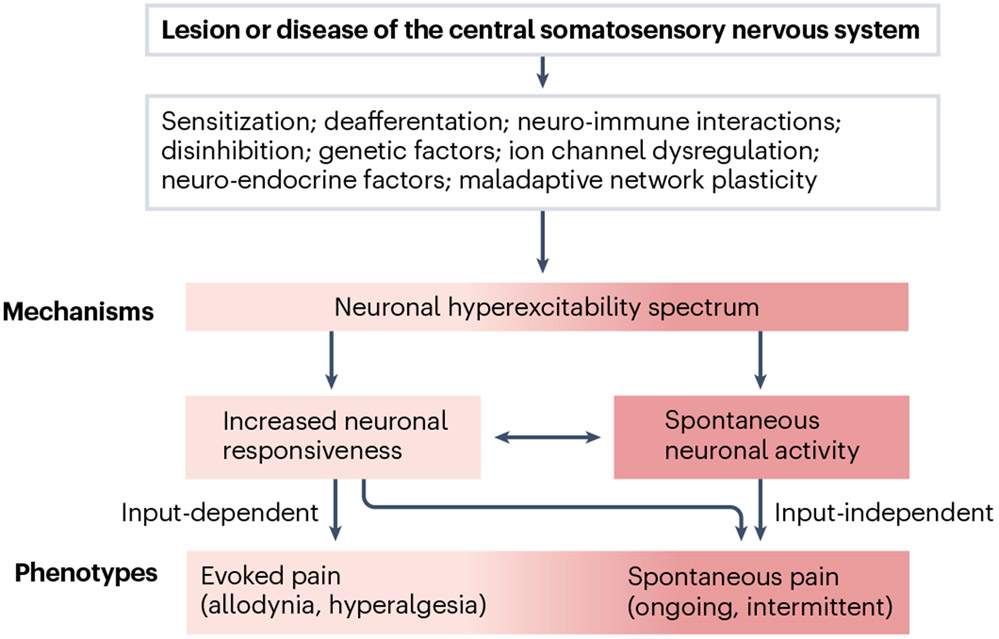Fig. 2 ∣. From sensory-discriminative mechanisms to the clinical pain phenotype.
A lesion or disease of the central somatosensory nervous system initiates a pathophysiological cascade that involves various mechanisms potentially dependent on injury type and with largely unknown interactions. These mechanisms may, to some extent, converge to modify neuronal excitability. Dynamic changes in the response properties and excitability of central somatosensory neurons can result in two types of pain — spontaneous pain and evoked pain (allodynia, hyperalgesia) and/or spontaneous or evoked dysaesthesia (not shown). Evoked pain depends on preserved afferent input (input-dependent). Spontaneous pain may arise independently of afferent input or may be (partially) maintained by continuous exteroceptive and/or interoceptive input, which may otherwise not be consciously perceived by the patient.

